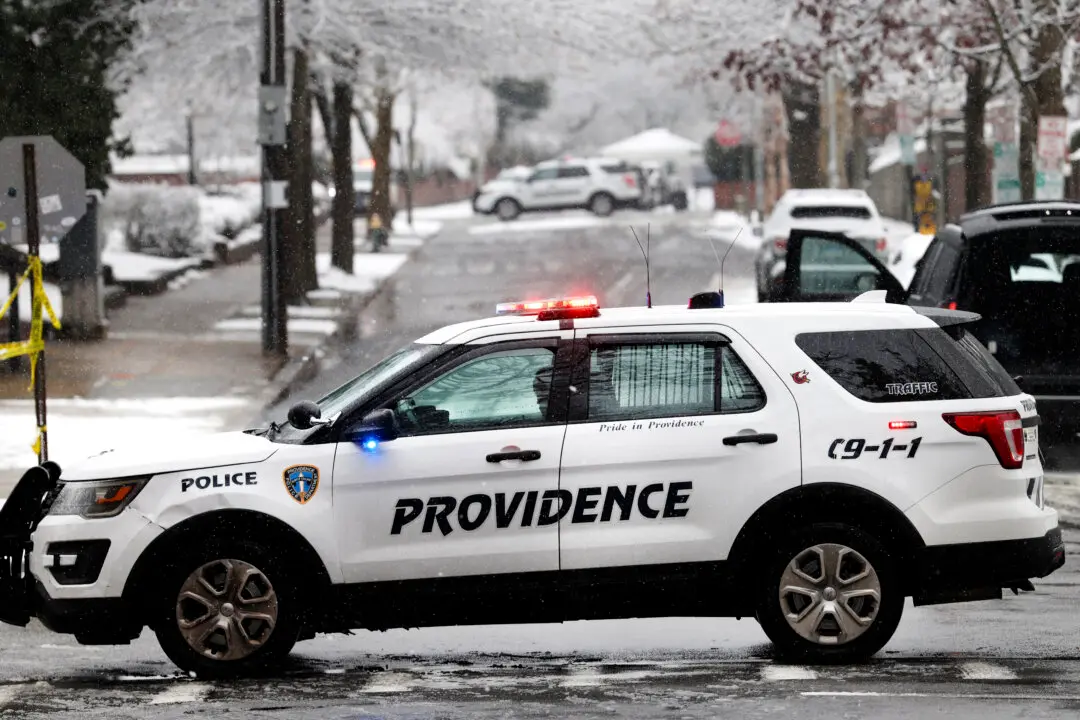The special envoy to the World Health Organization (WHO) said he does not expect the CCP virus to disappear entirely until a vaccine is developed.
“We think it’s going to be a virus that stalks the human race for quite a long time to come until we can all have a vaccine to protect us,” Dr. David Nabarro, the special representative for the WHO, told NBC’s “Meet the Press” on Sunday.





